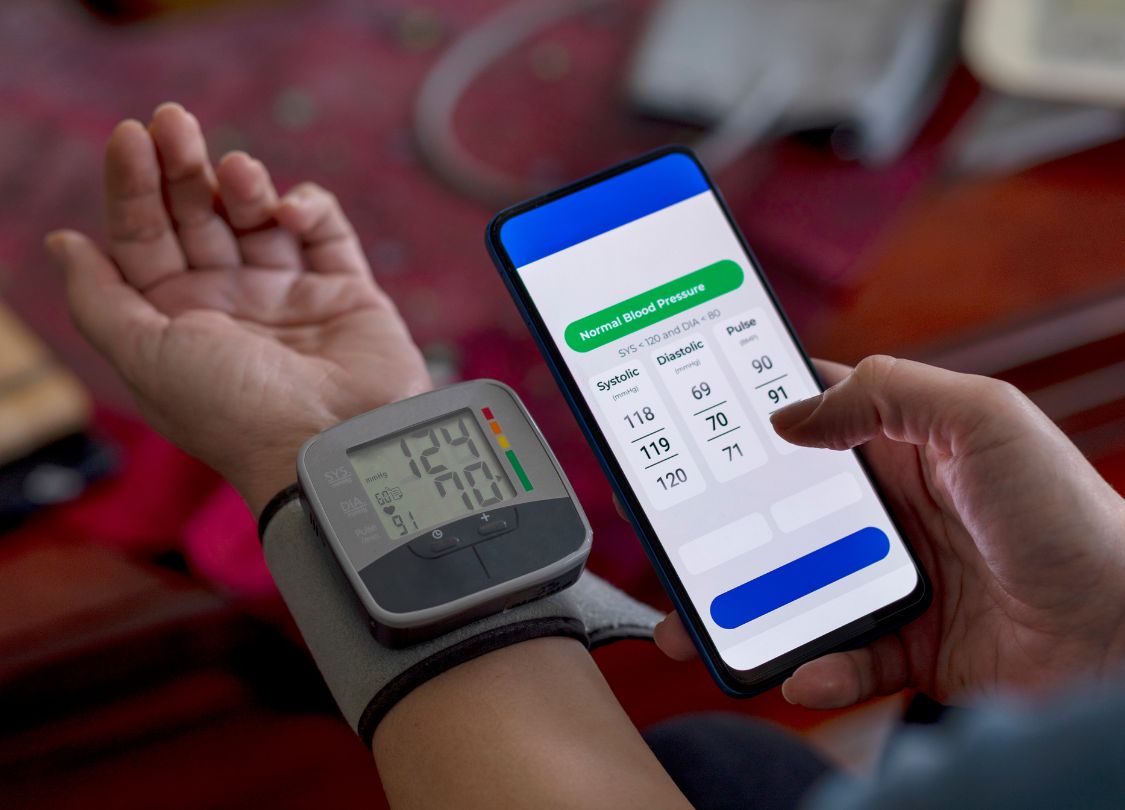RPM Data Analytics: Putting Patient Data into Action
If you’ve been following the wave of telemedicine advancements sweeping across healthcare practices for the past few years, you’re probably familiar with remote patient monitoring (RPM). But a crucial aspect that enhances the power of RPM lies not only in the devices you choose but also in how you approach RPM data analytics.

RPM Data Analytics: The Basics
Since RPM aims to collect and monitor patient health data, having a system to analyze the data is crucial. Effective RPM data analytics unlock a whole new world of possibilities for both providers and patients, including:
- Preventative treatment and predictive analysis of patient health needs
- Better health outcomes
- Early detection of chronic diseases or serious maladies
- More effective resource allocation and optimization
- Long-term health management benefits powered by a breadth of information about a patient
If you’ve already established an RPM program at your practice, you likely already have access to some patient data.
However, knowing how to monitor and use that information effectively can be tricky. The challenge isn’t necessarily knowing what the data means but organizing it so that acting on it is not only easy but also intuitive.
Want to learn more about RPM? Check out our complete guide to remote patient monitoring.
Remote Patient Monitoring Data Examples
There’s no shortage of examples of RPM data that the right devices can help you collect and oversee. Some of the most common pieces of information RPM devices look for include:
There’s no shortage of examples of RPM data that the right devices can help you collect and oversee. Some of the most common pieces of information that RPM devices monitor include:
- Blood pressure readings
- Heart rate and rhythm readings
- Blood oxygen saturation (SpO2)
- Blood glucose levels
- Respiratory rate
- Body temperature
- Sleep patterns
- Physical activity and how it affects the body
Important RPM Data Factors to Consider
When building an RPM data analytics system or plan, it’s important to consider the nature of the devices and practices used by patients and clinicians. Consider how factors like those below apply to your RPM setup and goals.
- RPM Data Accuracy. In most cases, patients can’t self-report data using their RPM devices. However, in some cases, patient information (such as communication) or influence may affect how data is interpreted.
- Collection Methods. All RPM data collection must be HIPAA-compliant. Most devices use a Bluetooth connection to transfer data from a patient’s device to their smartphone and to your RPM system. Others may rely on alternative methods of collecting and transmitting information.
Overall, the goal is to answer one key question: how will the devices you plan to use operate, and at what stage will it be most important for data analysis to occur?
Remote Patient Monitoring Solutions for Tracking Data
As a digital health tool, RPM inherently relies on tech. Don’t run from this truth – embrace it.
Understanding the capabilities of the technology available to you in terms of RPM data analytics will be a significant step forward for your practice. Investing in software or a platform that can serve as both a hub for information and an RPM data logger helps you save time and effort, all while enhancing the care you offer.
A robust remote patient monitoring software is key
You could manage all of the RPM data you collect on your own, or you could integrate your devices into a software solution that does the hard work for you. The choice is obvious: a resource like CoachCare is an essential component of a successful digital health system.
CoachCare’s easy-to-use software and RPM devices connect clinicians with patient information in seconds.
Keep a close eye on changing data, assess larger trends, and quickly act on what you see with the help of our digital platform. Everything you need to view and understand patient data – including support from our team and training on how to use our health solutions – is all in one place.
CoachCare’s remote patient monitoring devices and software are designed to be powerful yet approachable. From setup to turning patient data into meaningful action, CoachCare has got you covered.
Contact us today to learn more about our RPM services and how they can help you.